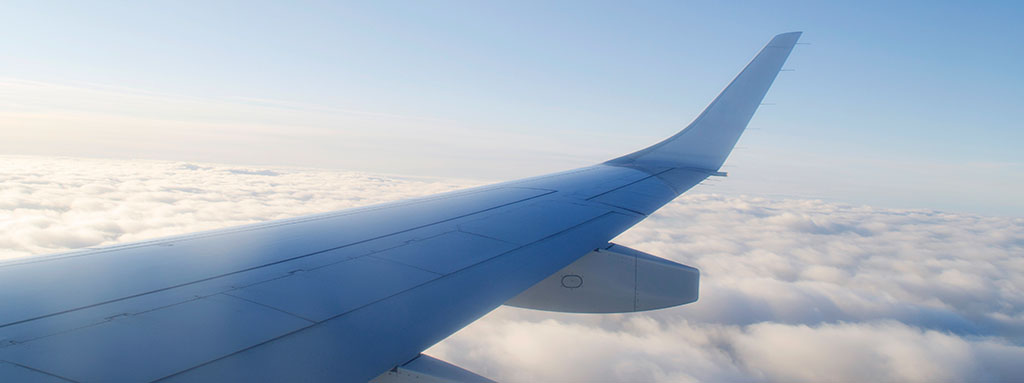
The acronym ETOPS is not unknown among people familiar with the world of aeronautics. It basically refers to “extended-range operations with two-engine aeroplanes”. In essence, it is a detailed regulation which allows commercial flights certified for such operations to distance themselves by more than 60 minutes from an airport which is suitable for them to land.
Innovation in the aeronautical industry has made today’s aircraft much more efficient and reliable than the aeroplanes which left the assembly plants in the 1980s.
As a matter of fact, ETOPS certification is intended to verify that an aeroplane and its crew are properly prepared to successfully handle a situation arising from an engine failure or a failure of one of the aircraft’s basic systems (hydraulic system, electrical system, fire protection system, cabin pressurisation system, etc.).
The first non-stop transatlantic flight was completed in 1919 and, since then, many aircraft have undertaken to fly long-haul routes with certain precautions. In general, they chose not to distance themselves from the coast and used island chains with aerodromes as best they could. Nonetheless, there was no global standard to provide suitable and proven safety criteria.
It is true, however, that most transatlantic flights were made with aeroplanes equipped with three or four engines. This also allowed them to have redundant systems to generate thrust and sustain onboard systems. Ongoing innovation in the industry soon allowed two-engine aircraft to reach high reliability standards concerning engines, systems and the aircraft as a whole, which in turn led to greater efficiency and a consequent reduction in operating costs.
Hence, the time came to define the criteria so that two-engine aircraft could reach safety and reliability standards equivalent to those of their predecessors equipped with more engines, which up to then had been used to make long-haul flights. The guidelines tabled to define these new criteria were based on minimising the likelihood of a flight diversion and ensuring sufficient failsafe mechanisms were in place should it happen.
The FAA (United States Federal Aviation Administration) approved a series of guidelines in 1985 which laid down the conditions under which an aeroplane could effectuate a diversion of 120 minutes. The ICAO (International Civil Aviation Organisation) immediately abided by this initiative, since it had had similar rules in place since 1976 (in its case, for 90-minute diversions), as did the EASA (European Aviation Safety Agency) and other regulatory authorities. The time was ripe for a global agreement on this matter.
In 2007, the FAA chose to include specific requirements for three or four-engine aircraft and called these operations “extended operations”. A few years later, the ICAO did the same in 2012 by adopting the acronym EDTO (extended diversion time operations), while the abbreviation LROPS (long-range operations) was adopted in Europe.
To simplify matters, the ICAO declared that ETOPS and EDTO could be used interchangeably for this kind of flights.
The ETOPS rating makes reference to many aircraft aspects that have be fulfilled, including onboard equipment and devices, which is the reason why there can be two aeroplanes of the same model where one of them complies and the other does not. In addition, the crews attending each flight likewise have to be certified for ETOPS flights. In other words, the aircraft has to be certified from both a design perspective, which is the manufacturer’s responsibility, and an operational standpoint, which is the transport company’s responsibility.
As regards the manufacturer, it has to demonstrate to the relevant authority that the aeroplane is reliable for ETOPS operations for a certain diversion time to an alternative airport that is suitable for that specific aircraft. This diversion time can be of 90, 120, 180, 240 and even 360 minutes.
The flight’s operator, for its part, also has to obtain the relevant ETOPS flight rating from its own authority. This means that a whole series of policies, processes and procedures have had to be implemented to ensure the flight’s reliability and the protection of the passengers and crew in the event of a flight diversion. This also includes intense instruction and training work for the crews involved.
With hindsight, we can see that this system is still fully valid after more than thirty years have elapsed since it was first implemented. It is also true that innovation in the aeronautical industry has made today’s aircraft much more efficient and reliable than the aeroplanes which left the assembly plants in the 1980s. Three and four-engine aircraft are being placed into doubt, while two-engine aircraft can cover any route with ever more frequent non-stop flight range records.

